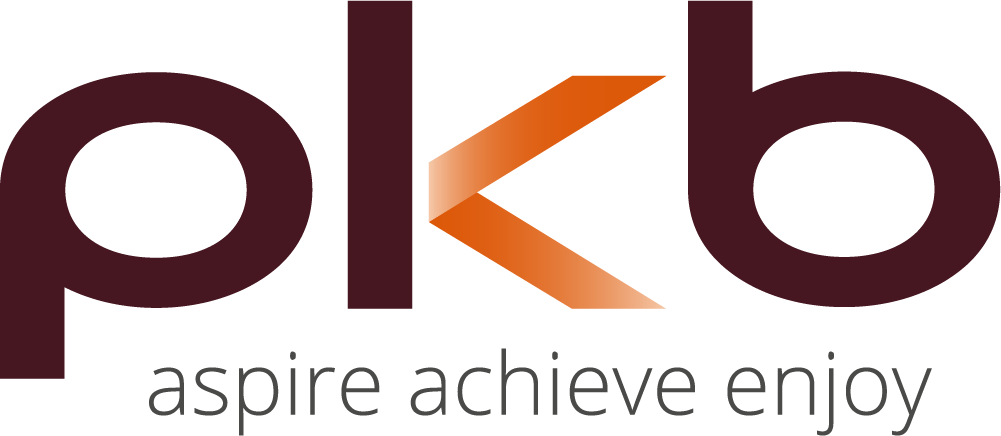When you supply goods and services, you expect to be paid for it. Outstanding invoices compromise your cashflow so it’s understandable that you also want to receive payment promptly.
Britain does however have a deeply embedded culture of late payments. For some businesses, delaying payment is even an essential part of the business model. This lackadaisical attitude is however costing small business owners a whopping £6.7 billion a year.
The problem with late payments
Outstanding payments are problematic for various reasons. First, there’s the issue of cashflow within the supplying business – electricity bills, rent and other regular outgoings need to be paid regardless.
Then there’s the time spent chasing late payments and the stress it can cause if the conversation becomes bad-tempered, or when you start to worry that the job might be a write-off.
You might even find yourself incurring legal or bailiff fees, or being forced to sell the debt on to a collection agency at a discount.
For the smallest businesses, the problem can be particularly acute. With around 3.4 million sole traders making up 59% of the UK’s total business population in 2018, not everyone has the time or resources needed to chase late payments.
As a result, many businesses simply go to the wall (around 357,000 in 2016/17, according to the most recent research from the Office for National Statistics).
With this issue in mind, last year the Government called for evidence to help end the scourge of late payments, claiming it threatens a quarter of the UK’s 5.7m SMEs.
Naturally, ministers also recognise that finally eradicating the culture of late payments is an opportunity for economic growth.
The Federation of Small Businesses (FSB) adds weight to that, claiming that it could add £2.5 billion more to the UK economy each year – as well as help an additional 50,000 firms survive.
Until stricter rules are enforced however, what methods can you employ to improve the cashflow of your business?
Plan for all eventualities
One of the first rules of running a business is to have a business plan and to review this at regular intervals.
Avoid looking too far ahead, and focus your planning on three different scenarios so your business is braced for all outcomes in the short-term.
Ask yourself what is a realistic baseline for your business? Is there any precedent to suggest what will happen further down the line?
Obviously we all love to factor in the best-case scenario, when sales for the second quarter are 20% higher than forecast.
Conversely, you also need to plan for the worst-case scenario when sales are 20% down. This will ensure that your cashflow is healthy enough to get you through any rough patches.
It’s also a good idea to prepare a checklist – ranging from the risks of natural events, to personnel changes or supply chain issues – to revisit in the future.
The dynamics of managing cashflow are not a case of feast or famine, they involve being thoroughly prepared, staying rational and aiming to break even.
After all, most businesses achieve growth from a steady base.
Clarify your payment terms
Most businesses offer a no-obligation initial assessment before agreeing to undertake work for a customer.
This allows you to deliver a quote for the work, agree a fee with the customer and clarify your payment terms.
You should always outline what your interest rates are should your client exceed the time limit to settle your invoice. Highlighting this in your payment terms will make people more likely to pay you promptly because it’s unlikely they want to pay any unnecessary extras.
If you’re really struggling to receive payment, you can claim a one-off fee to cover the costs of recovering late payments.
It’s a good idea to specify a deadline for payment but if you don’t, the default is generally assumed to be 30 days from receipt of the invoice. After that point, statutory interest can be charged.
Some purchasers however – especially larger ones – have their own default terms, which can be as much as 120 days. That’s something the Government is keen to crack down on but in the meantime, you’ll have to balance the risks and benefits of working with these kinds of organisations.
Clear, accurate and quick invoices
It may sound obvious, but issuing your customer with a clear, error-free, prompt invoice gives you the best chance of getting paid on time.
You should contain all the relevant information on your invoice, starting with boldly displaying the word ‘invoice’ and going on to include your pre-agreed terms and conditions.
In addition, you should include a reference number, the name of your business, its address and contact details, plus the customer’s name and address.
You also need to include a clear description of the service you provided, the date it was supplied, the date of the invoice, the amount charged and VAT if applicable.
Also bear in mind that you need to keep any invoices for six years in case HMRC comes knocking to further scrutinise your record-keeping.
Embrace modern technology
Technology provides you with a fantastic opportunity to make your business’s processes more accurate and efficient.
Making Tax Digital (MTD) has arrived for VAT-registered businesses and sadly for some, it’s here to stay.
At the moment, MTD digital only applies to businesses making £85,000+ per annum but in the not too distant future, it will also affect those under the £85,000 registration threshold for VAT and even individuals who complete a self-assessment.
While it may seem like a pain to implement and get up and running, MTD does provide you with the chance to improve the way you run your business.
Several pieces of software on the market enable you to submit digital invoices to customers, including user-friendly ways for them to pay.
For example, you can invoice a customer from your smartphone as soon as you get into your van after supplying a service. The customer can submit payment online, putting the cash in your account immediately.
It’s easy to see how you could be able to support more customers in less time if you welcome technology into your business.
Using software also enables you to monitor your business’s cashflow in real-time, tracking money from anywhere with a 4G, WiFi or internet connection.
Then there’s the small issue of security, which is handled in what we accountants refer to as ‘the Cloud’ – a secure system for data storage and transfer accessed online.
This removes the need to store files on your computer’s hard drive.
As well as reducing the risk of accidentally deleting files or running into problems with version control, storing files on the Cloud also offers better opportunities for collaboration.
Depending on who you give access to your files, you can work on documents at the same time as your staff or external parties.
What’s more, if you authorise access to PKB, technology makes our task as your accountant much easier. It improves accuracy when it comes to applying for tax reliefs ahead of filing your tax returns or submitting payments on account with the Revenue.
On the up
Between technology and the evident desire of Government to address this issue, things are looking up around the issue of late payments. In the meantime, rigorous cashflow management and meticulous invoicing remain vital disciplines to keep your business afloat.
We can help
To find out how to maximise your cashflow in 2019, why not download our free ebook? In this guide we share all our insider secrets to boosting your business’ balance.
If you’re struggling with late payments or would like further information about any of the topics discussed in this blog, please contact our audit and accounts manager, Richard Beasley and he will be more than happy to help.

Richard Beasley
Audit & Accounts Manager
To read news and blogs from Richard Beasley, click here >>


